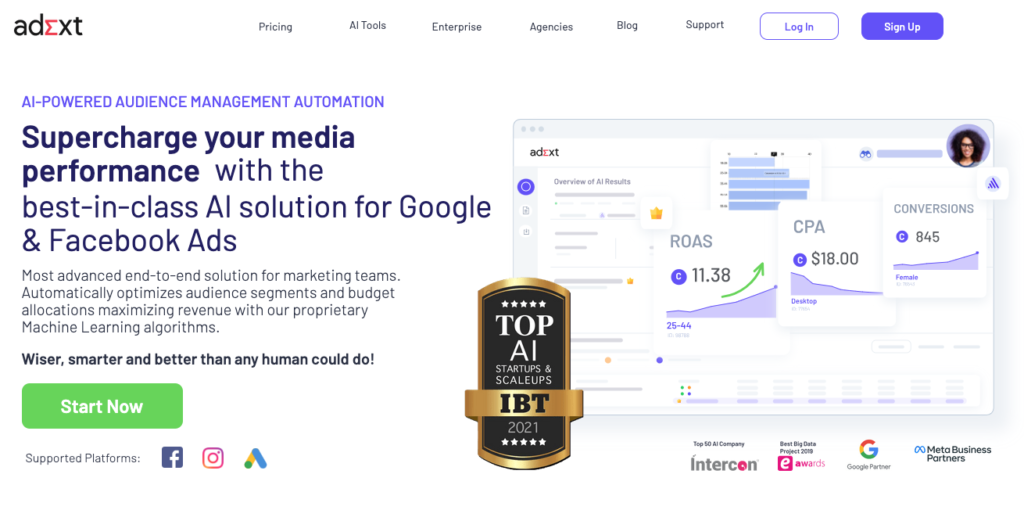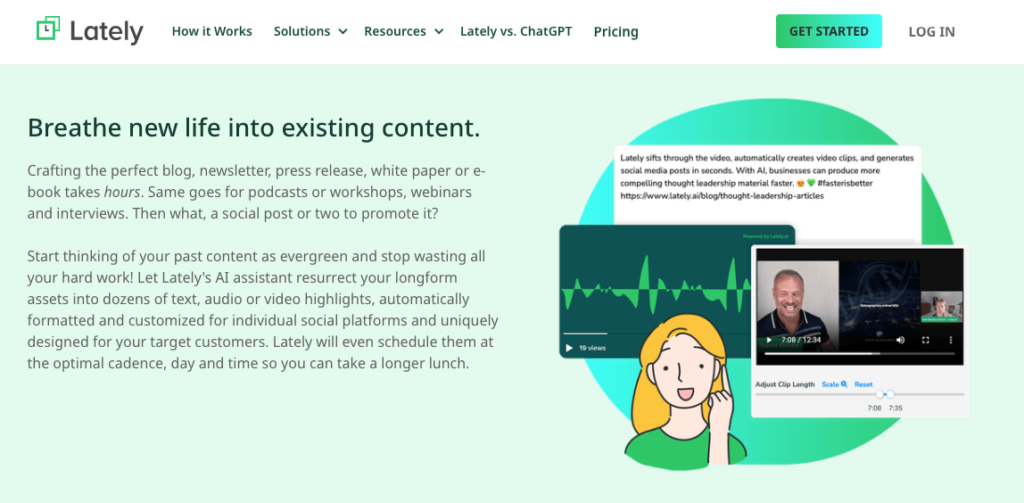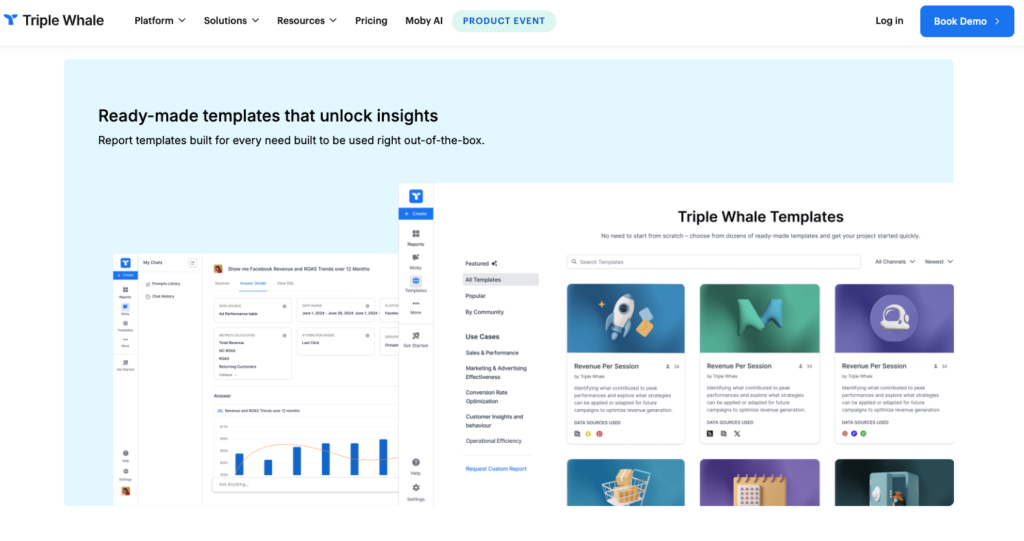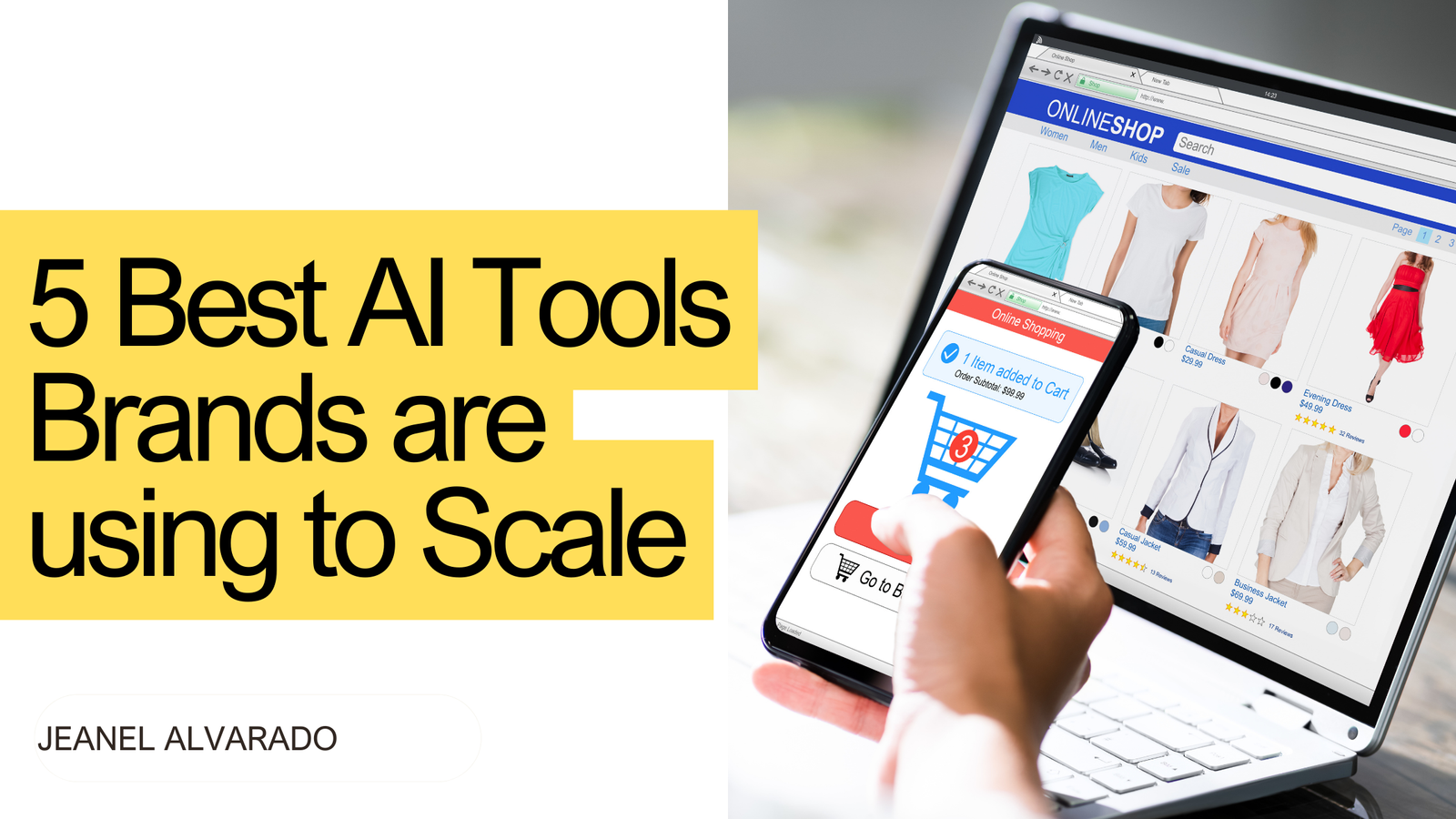Brands invest thousands in beautiful social media content that generates likes, comments, and shares – but fails to drive actual website traffic or sales. This disconnect between social engagement and website conversion represents one of the most frustrating challenges for online retailers today.
After working with dozens of retail brands across fashion, home goods, and consumer electronics, I’ve identified a pattern: the brands consistently converting social followers into website visitors are quietly leveraging AI tools that do much more than schedule posts or suggest hashtags.
These new AI solutions analyze, predict, and optimize the entire journey from social impression to website visit. They’re not talking about these tools publicly – and for good reason. They’re providing significant competitive advantages in an increasingly crowded marketplace.
1. Content That Converts, Not Just Engages

The first category of AI tools winning the traffic game goes beyond creating visually appealing content. These tools specifically optimize for click-through rather than simple engagement.
Adext AI stands out in this category. Adext AI leverages machine learning to analyze over 3 trillion data points, making real-time adjustments to ad campaigns on Google and Facebook. This dynamic optimization ensures that ad spend is allocated to the most profitable audience segments, maximizing click-through rates and conversions. One apparel retailer saw a 37% increase in traffic from Instagram after implementing Ad’s recommendations on product photography angles and background colors.
What makes this tool powerful isn’t just its predictive capabilities, but its specificity to retail. It understands that a lifestyle image of someone using your product in context often drives more website visits than a perfectly staged product photo against a white background.
I’ve found it works particularly well for fashion and home goods categories where visual presentation dramatically impacts conversion rates.
2. Personalized Journey Mapping

The second category focuses on personalization at scale – creating different paths for different customer segments.
Lately.ai doesn’t just generate social content; it creates variations tailored to different audience segments based on their likely purchase intent. The tool analyzes past behavior patterns to determine which product categories, value propositions, and calls-to-action will most effectively drive each segment from social platforms to your store.
A jewelry retailer implemented this approach for their Instagram campaigns, creating separate messaging tracks for first-time browsers versus previous purchasers. The result was a 42% increase in click-through rate compared to their generic posts.
The real magic happens when you connect these personalized journeys directly to personalized landing pages, creating a seamless experience from social post to shopping cart.
3. Predictive Timing Optimization

When you post matters almost as much as what you post.
Sprout Social‘s AI-powered ViralPost technology goes beyond basic scheduling by analyzing when your specific audience is most likely to not just see your content, but to take action on it. This distinction is crucial – the optimal time for engagement isn’t necessarily the optimal time for driving traffic.
I’ve seen this tool identify counterintuitive posting windows that delivered significantly higher click-through rates. For one home decor brand, Tuesday afternoons – previously considered a dead zone – consistently outperformed weekend posts for driving actual website traffic.
The tool continuously learns from results, gradually refining its recommendations based on your audience’s evolving behavior patterns.
4. Competitive Intelligence Automation

Understanding what drives traffic for your competitors provides invaluable insights for your own strategy.
Similarweb‘s digital intelligence platform uses AI to analyze traffic sources for any online retailer. It shows exactly which social media posts and campaigns are successfully driving visitors to competitor websites.
This isn’t about copying competitors – it’s about understanding the content themes, messaging approaches, and calls-to-action that resonate with your shared audience. A beauty retailer I consulted with discovered through this tool that tutorial-based content was driving significantly more traffic for competitors than the product showcase approach they had been using.
The shift in strategy resulted in a 28% increase in social-to-site traffic within the first month.
5. Integrated Traffic Attribution

The final piece of the puzzle is understanding exactly which social activities drive not just traffic, but qualified traffic that converts.
Triple Whale‘s attribution AI connects the dots between social touchpoints and eventual purchases, providing clarity on which content types, platforms, and campaigns deliver the highest-quality traffic.
This tool has repeatedly shown me that the social content that generates the most engagement often isn’t the content that drives the most valuable website traffic. For a footwear brand, behind-the-scenes content consistently drove less traffic volume than product-focused posts but resulted in visitors with 2.3x higher conversion rates.
These insights allow for precision optimization focused on quality over quantity – the difference between vanity metrics and actual revenue.
How To Implement AI Tools
The retailers seeing the greatest impact aren’t simply using these tools in isolation. They’re creating an ecosystem where content creation feeds into personalization, timing optimization enhances both, competitive intelligence informs strategy, and attribution analysis continuously refines the approach.
Start with one tool focused on your most significant traffic bottleneck. For most retailers, this is either content optimization or personalization. Once you’ve established a baseline improvement, gradually incorporate additional tools to address each stage of the social-to-site journey.
The competitive advantage these AI tools provide won’t last forever as they become more widely adopted. The retailers gaining the most significant edge are those implementing them now, building data advantages that will compound over time.
The gap between social followers and website visitors isn’t inevitable – it’s solvable with the right AI tools and a strategic approach to implementation. The question isn’t whether you can afford to adopt these technologies, but whether you can afford not to.
If you are interested in finding the best tools for your brand, contact me for a consultation at hello@jeanelalvarado.com.

Leave a Reply